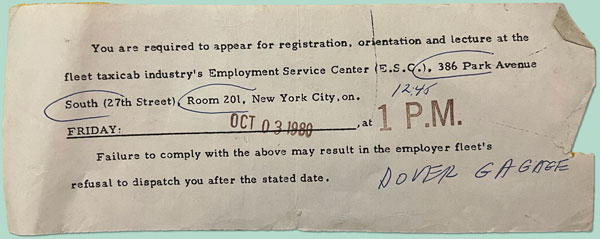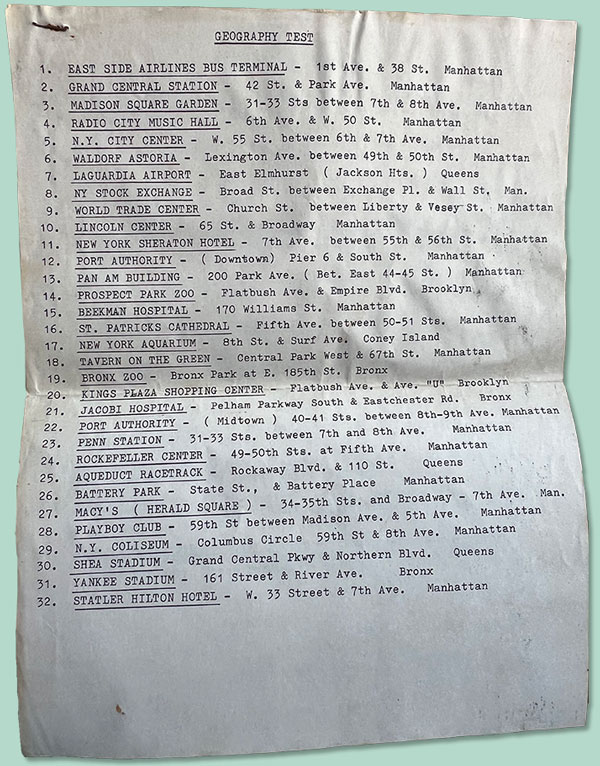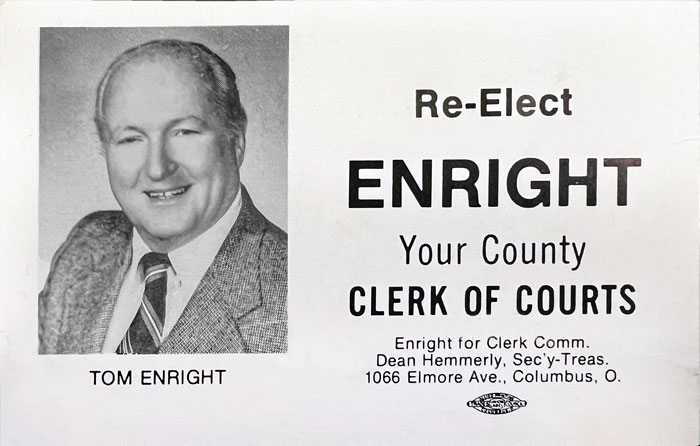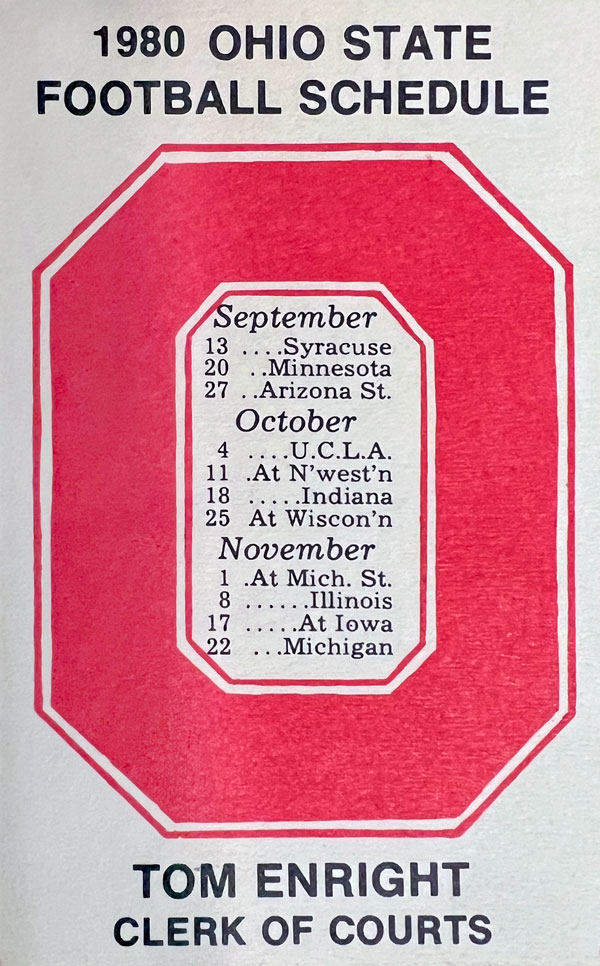
First NYC job: Campus Coach Lines
This South Bronx bus company was where I found my first job in New York: I drove a van for them, not a bus. It was especially good training for any Marxist. There was a byzantine pay process that required separate tallies for hours, miles, and wait times; I could never figure out how much I was going to make. Longtime drivers at Campus all had strategems for running jobs off the company's books; that was another thing I could never figure out.
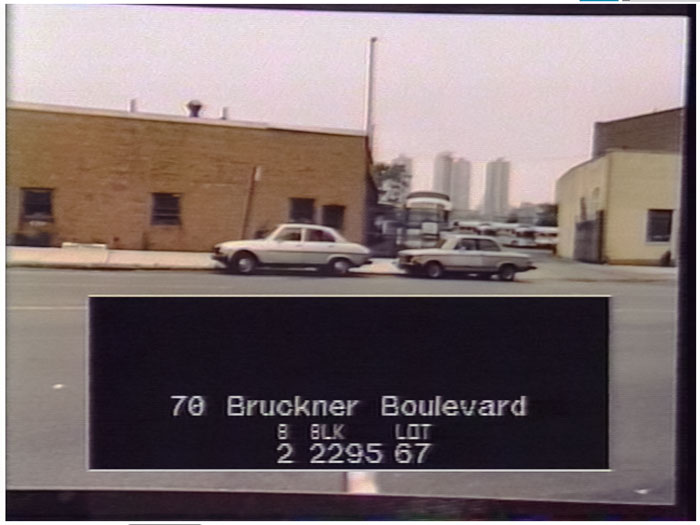
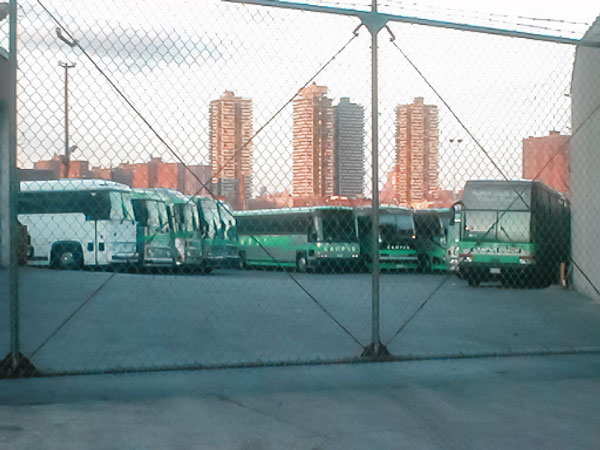
One night in the yard the nozzle slipped out of my hands while I was gassing-up the van. It sprayed right into my face before hitting the asphalt. I ran to a sink inside the oversized garage doors and frantically splashed water into my eyes. As far as I know there were no long-term effects. I had no doctor and no health care so there was nothing I could have done about it anyway.
I would get off at six or nine or three in the morning; sometimes the jobs went on for days and I'd be up in Boston the whole time. I never knew when the next job would happen. Sometimes it would be every day for ten or eleven days and then nothing, and sometimes nothing lasted for weeks.
Every day that I worked I'd take the 6 train from the East Village to Mott Haven, then walk to 70 Bruckner where Campus kept its buses. That part of the neighborhood was industrial and completely empty after dark. On my way to the train I'd pass the Mitchel Houses, a ten-building complex that's always been a symbol of what's wrong with public housing in New York. Mott Haven itself was a pretty tough neighborhood even before I moved to NYC. It's still got one of the highest concentrations of poverty in the country, with all the illness and crime that implies. There was a police station right at the subway stop; sometimes I thought I looked like a cop on his way home from work. I never had any problems but I doubt that's why. (I learned later that no self-respecting policeman would be caught dead in a subway; they drove home to their places on Long Island.) Now I think I was just lucky, as I was during my years driving a cab and living through the crack epidemic in the EV.
In an ironic twist I ended up living on Bruckner in a loft almost right across the street from where I worked over forty years earlier. I was taking the same subway to get downtown for a movie. Everything had changed except the Mitchel Houses.
Later in the 80s I wrote a song for the Desis about the guy who ran Campus Coach Lines. I had an animus and he had a mansion up in Westchester.





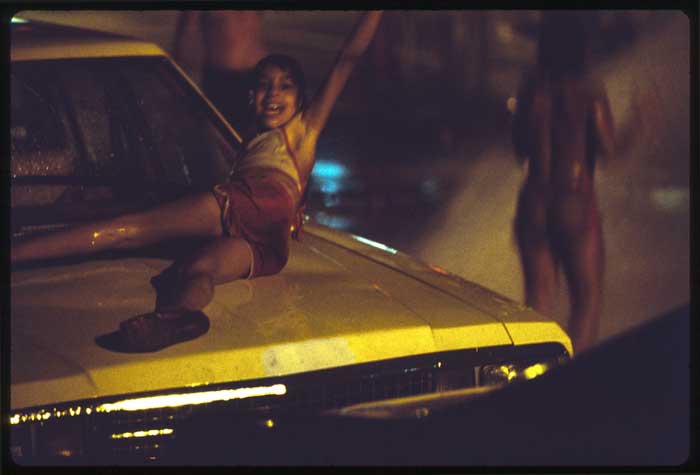
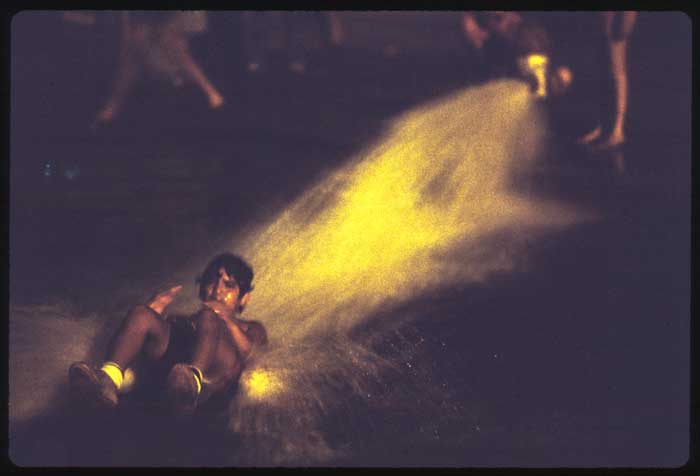

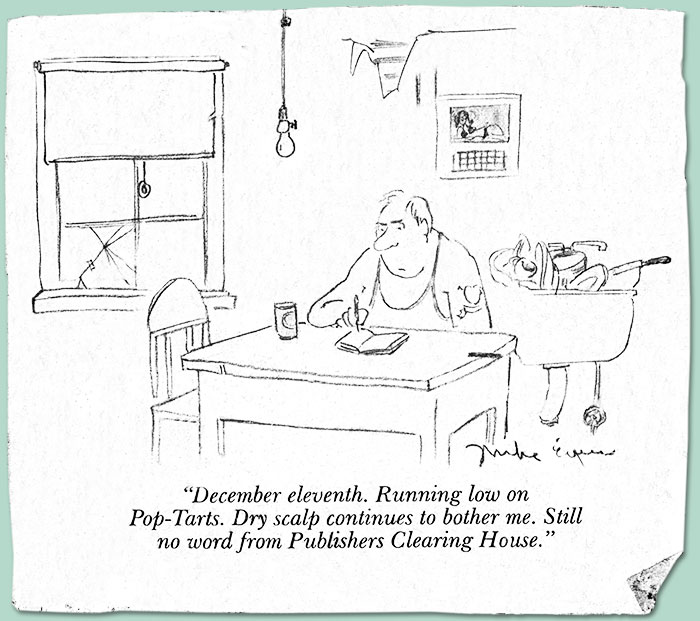

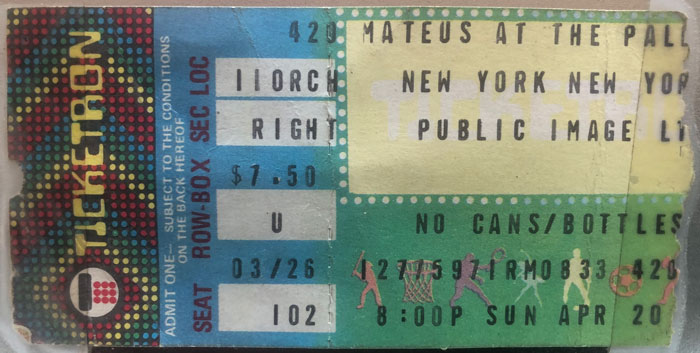
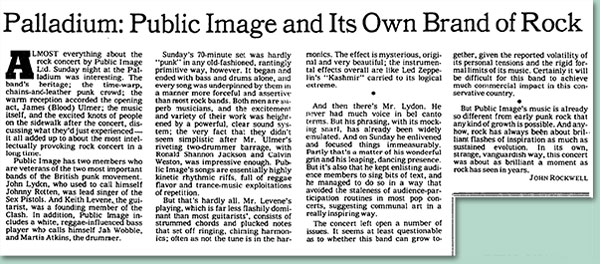
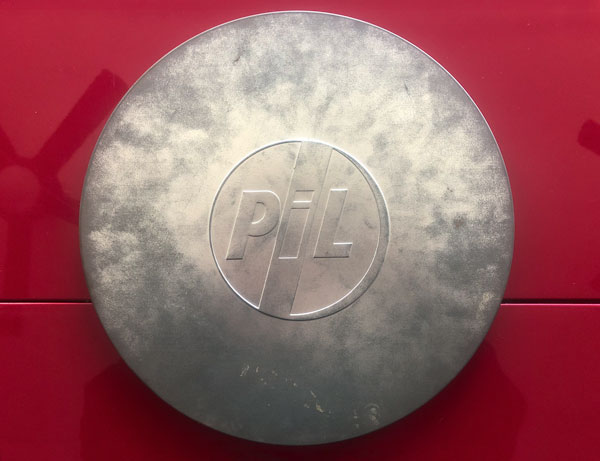

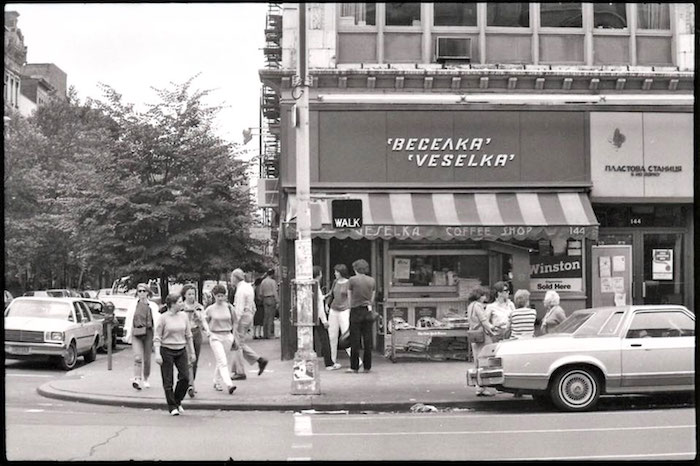
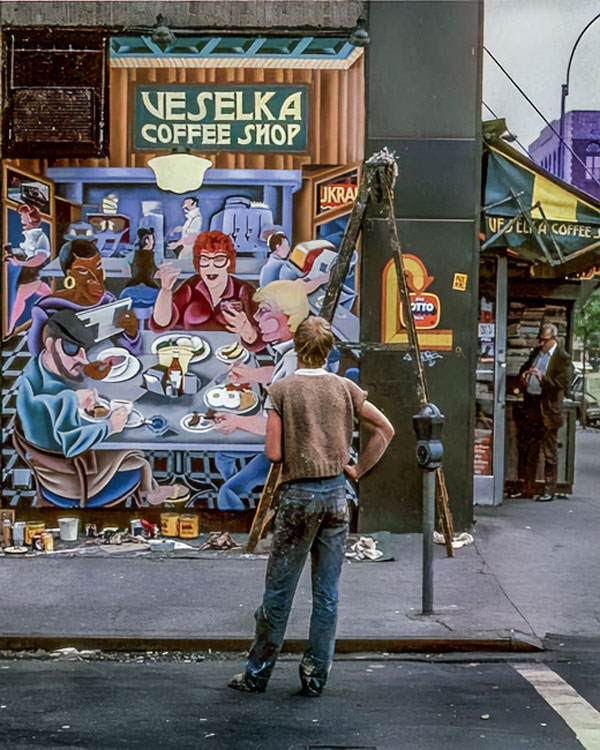
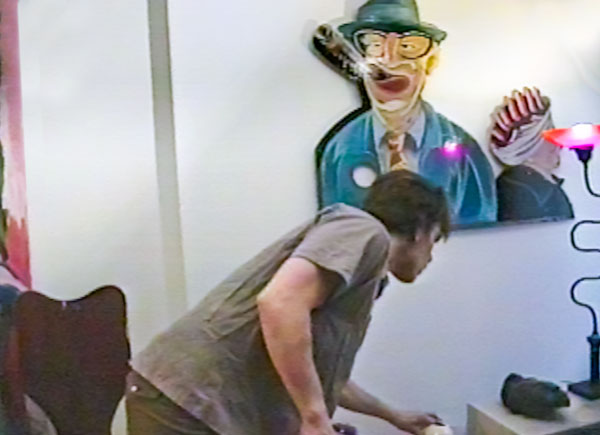
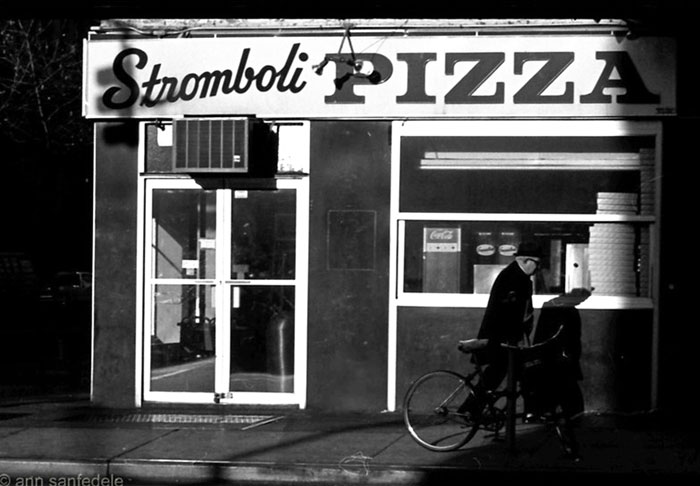
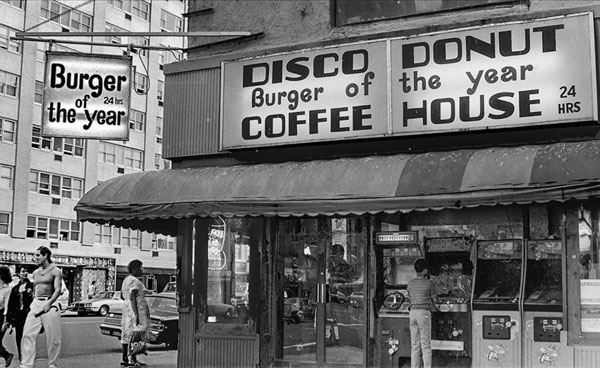
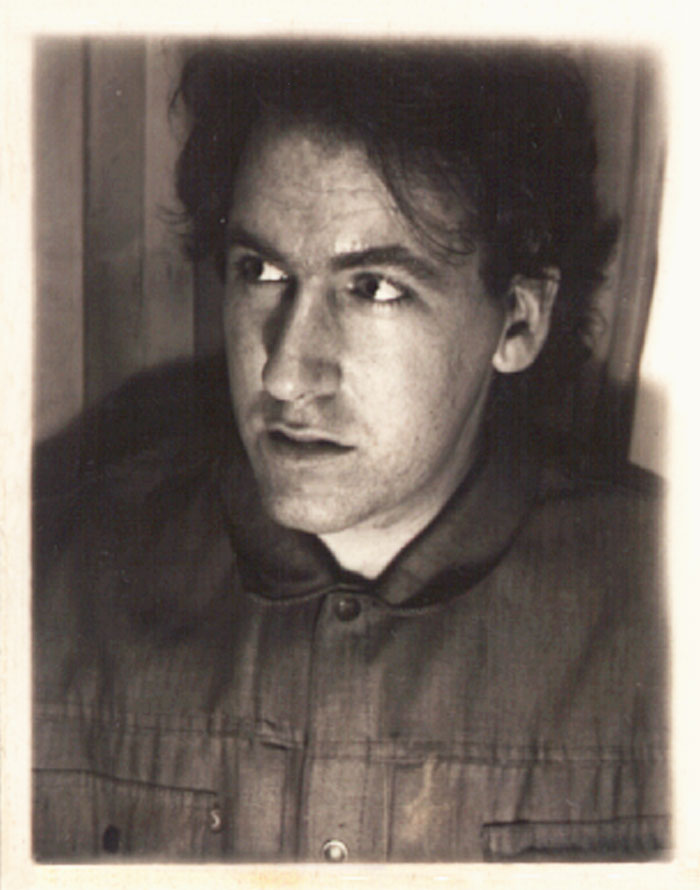
 I almost starved to death working for Campus Coach Lines. I told them weeks in advance that there was
going to be a night I couldn't work—I had tickets for The Pretenders at the Palladium and Fran had come up from Cincinnati. I ended
up having to leave the concert early to get to the job and they still didn't give me another shift for weeks. I decided I knew the city well enough to get a taxi license, a ridiculously easy task to accomplish. The test was a joke, the
simplest I've ever taken. Plus the fix was in since I was sponsored by a fleet; nobody with fleet backing failed.
I almost starved to death working for Campus Coach Lines. I told them weeks in advance that there was
going to be a night I couldn't work—I had tickets for The Pretenders at the Palladium and Fran had come up from Cincinnati. I ended
up having to leave the concert early to get to the job and they still didn't give me another shift for weeks. I decided I knew the city well enough to get a taxi license, a ridiculously easy task to accomplish. The test was a joke, the
simplest I've ever taken. Plus the fix was in since I was sponsored by a fleet; nobody with fleet backing failed.